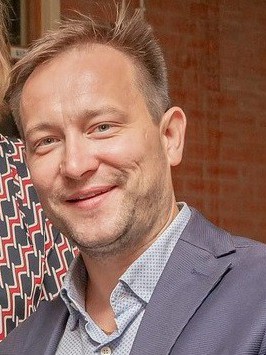resumo
Glycine is the simplest amino acid and one of the basic and important elements in biology, as it serves as a building block for proteins. The interest in this material has recently arisen from its useful functional properties, such as its high value of nonlinear optical susceptibility and ferroelectricity. Three polymorphic forms with different physical properties are possible in glycine, the most useful beta-polymorph being much less stable than the other two. In this work, we could grow stable microcrystals of beta-glycine using a (111)Pt/SiO2/Si substrate as a template. The effects of the solution concentration and Pt-assisted nucleation on the crystal growth and phase evolution were evaluated using X-ray diffraction analysis and Raman spectroscopy. A second harmonic generation (SHG) method confirmed that the 2-fold symmetry is preserved in as-grown crystals, thus reflecting the expected P2(1) symmetry of the beta-phase. Spontaneous polarization direction is found to be parallel to the monoclinic [010] axis and directed along the crystal length. These data are confirmed by computational molecular modeling. Optical measurements revealed also relatively high values of the nonlinear optical susceptibility (50% greater than in the z-cut quartz). The potential use of stable beta-glycine crystals in nonlinear optical applications is discussed.
palavras-chave
2ND-HARMONIC GENERATION; PHASE-TRANSITIONS; GAMMA-GLYCINE; CRYSTALLIZATION; NANOSCALE; FERROELECTRICITY; POLYMORPHISM; PVDF
categoria
Chemistry; Crystallography; Materials Science
autores
Seyedhosseini, E; Ivanov, M; Bystrov, V; Bdikin, I; Zelenovskiy, P; Shur, VY; Kudryavtsev, A; Mishina, ED; Sigov, AS; Kholkin, AL
nossos autores
agradecimentos
The work is supported by the European Commission within FP7Marie Curie Initial Training Network





